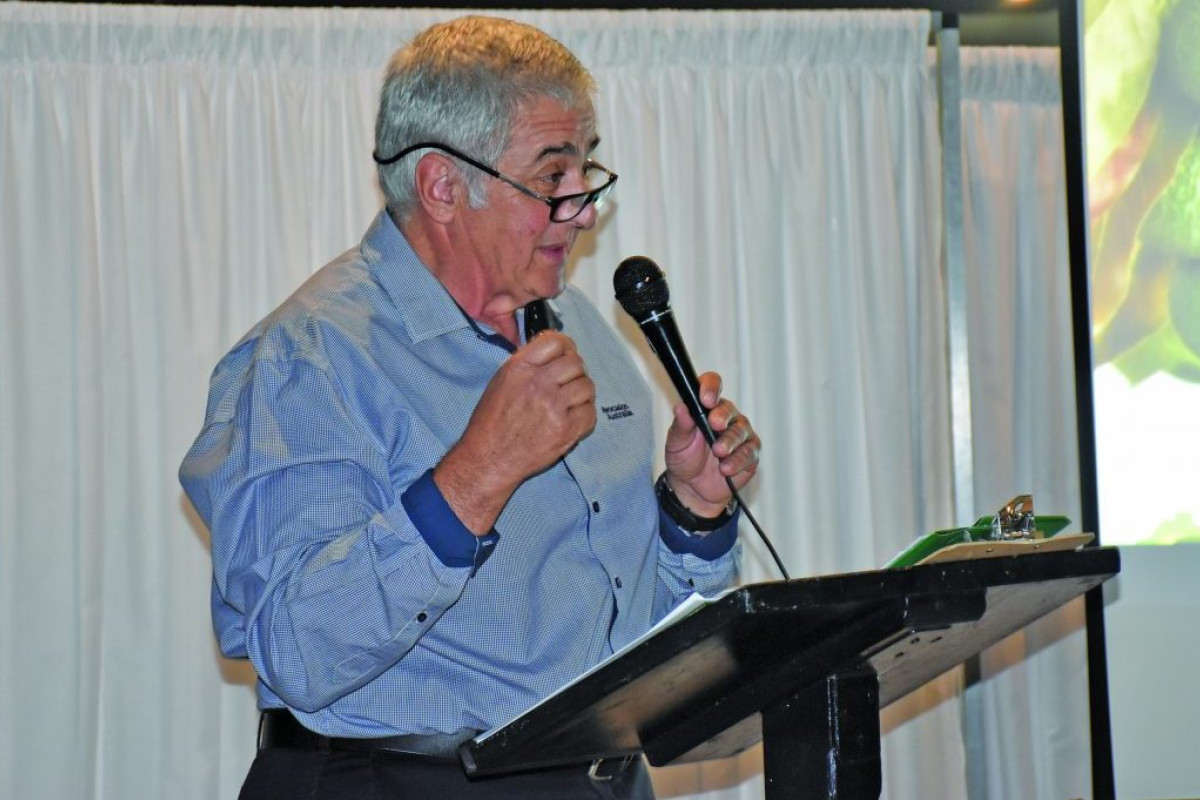General News
22 August, 2019
Chamber shines light on region’s horticulture industry
IF you needed a sign of the value of the horticulture industry to Mareeba, last Thursday’s Mareeba Chamber of Commerce monthly meeting had the answer.

IF you needed a sign of the value of the horticulture industry to Mareeba, last Thursday’s Mareeba Chamber of Commerce monthly meeting had the answer.
Five crops grown in the Mareeba Dimbulah Irrigation Area (MDIA) featured – mangoes, avocados, citrus, papaya and bananas – with industry leaders providing a snapshot on their worth, growth and challenges to around 80 guests.
It was, by far, one of the most well attended business meetings in recent times. The citrus industry is currently worth $55.7 million, and is home to 124 growers.
About 2300 hectares of avocados are grown in the region, putting production at 4.2m trays and the farmgate value at $164m. The Tablelands banana industry is worth $100m at the farmgate and $30 to 40 million in Lakeland.
The region’s mango industry accounts for half of Queensland’s production and is worth nearly $75m, while the Tablelands accounts for half of the region’s papaya production, across 400-450 acres and with a $31.4m farmgate value.
With growth comes increasing pressure on existing water availability and the meeting revealed a real and urgent need for additional water sources.
Mareeba Chamber of Commerce president and Biboohra mango grower Joe Moro said the region’s horticultural industries were thriving, however, the lack of additional water posed a risk to continued growth.
The current going price for a megalitre of water is somewhere between $3600 to $4000, with the majority of allocations from the MDIA under the ownership of horticultural producers.
“Horticulture is a high value crop and while we don’t necessarily make huge profit, at the end of the day we spend a lot of money in the community,” Mr Moro said.
“We believe there will be a water issue in the region, highlighted in the Dimbulah area where we expect to see significant growth across several industries, and this is one of the reasons for the proposed Nullinga Dam.
“However, water from Nullinga would come at a significant cost to producers and, as they are unlikely to be able to afford it, any new dam would require significant government “no strings attached” funding.”
Mr Moro said while the current modernisation of the existing MDIA scheme would produce an additional 8000 megalitres of water, the Johnstone River diversion was another option that needed serious consideration as part of a wholistic approach to answering the region’s future water needs.
His view was shared by banana industry leader and grower Paul Inderbitzin whose home region, Lakeland, north of Mareeba, faces similar uncertainty unless a proposed new dam on the Palmer River gets the green light.
“The Palmer River Dam would solve all our problems at Lakeland,” Mr Inderbitzin said.
“We have plenty of dirt, good red volcanic soil – which is as good as any on the Tablelands.
“But if you don’t have the water and soil combination you are left high and dry.”



